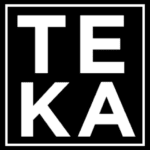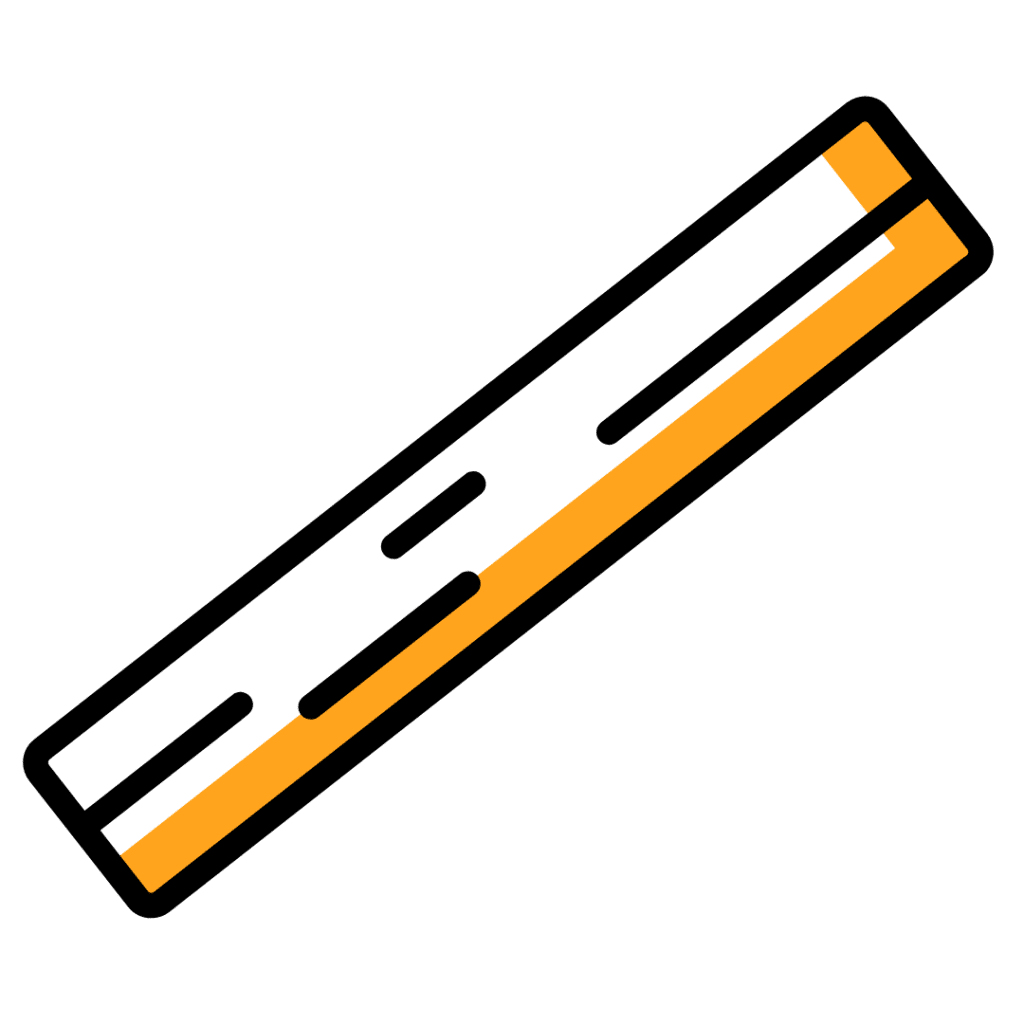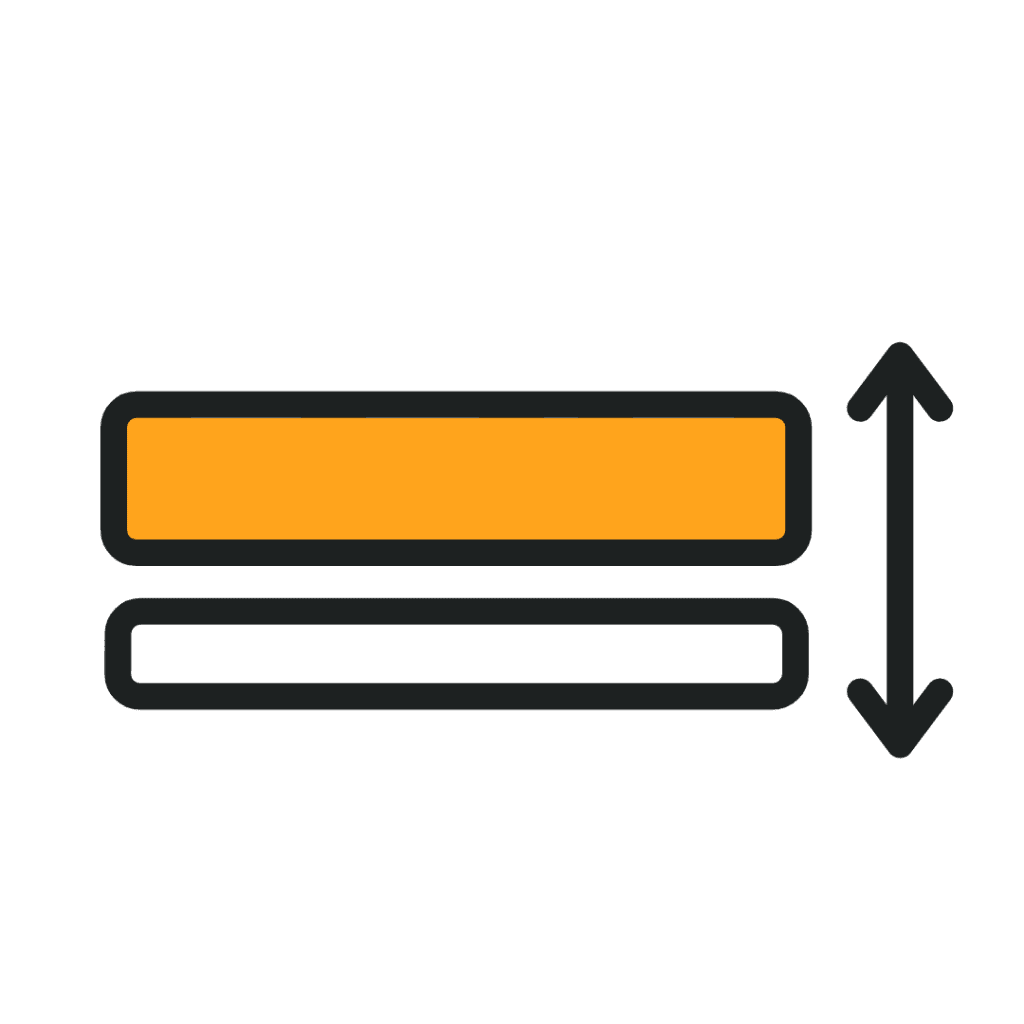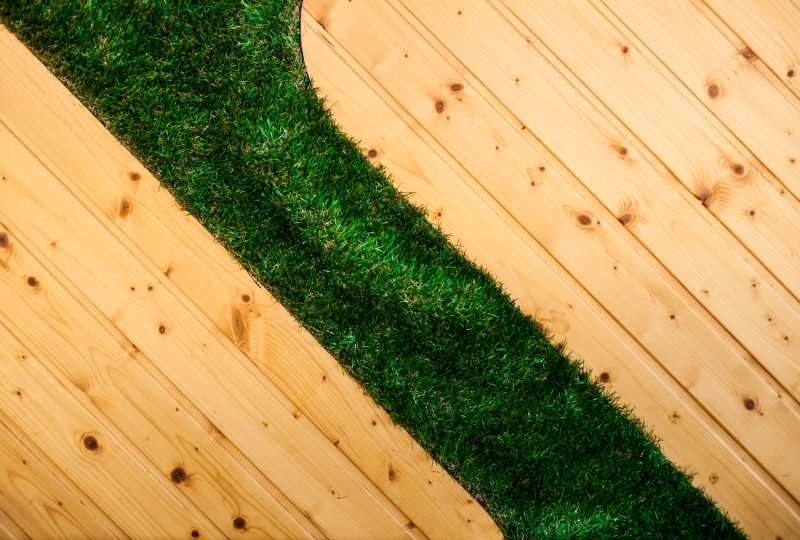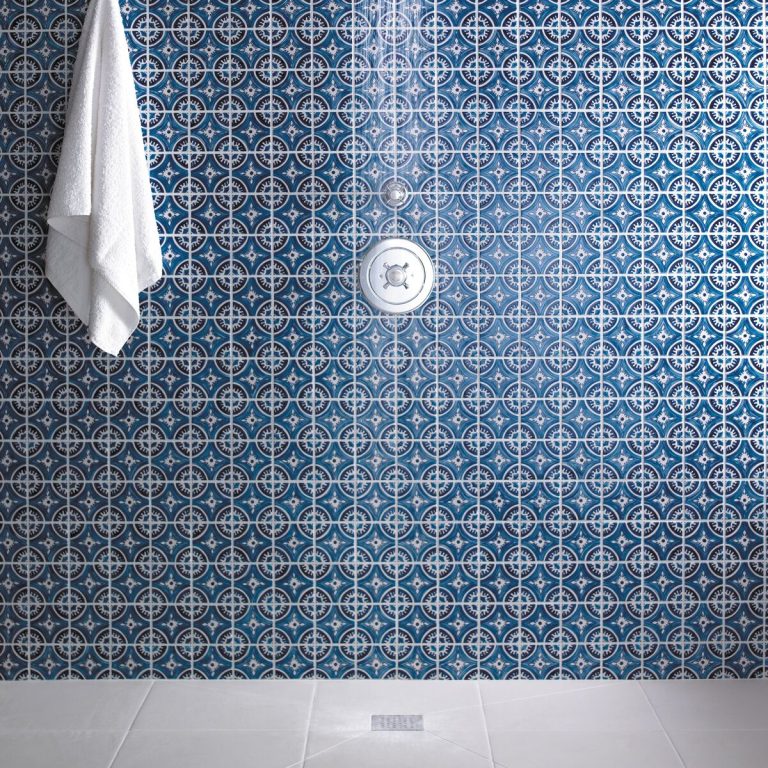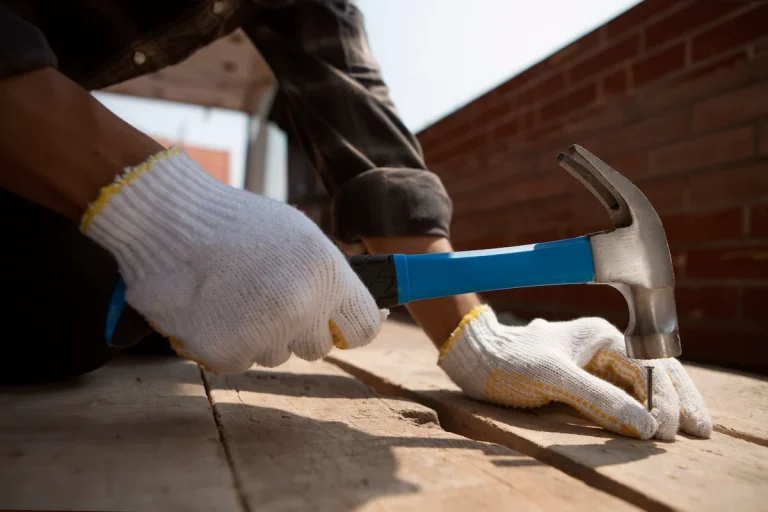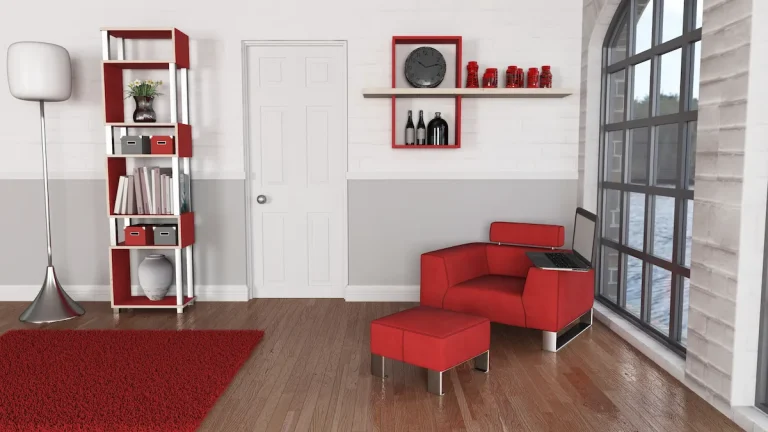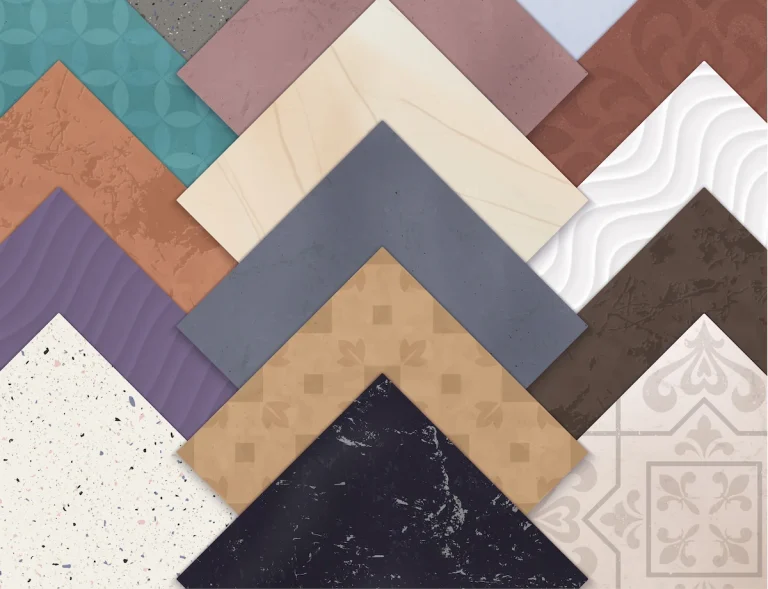Artificial grass has become a popular alternative to natural grass for many homeowners and businesses. From low maintenance to cost-effectiveness, there are numerous benefits to choosing artificial grass for your outdoor space. Nevertheless, how much does artificial grass installation cost?
In this article, we will explore what artificial grass is, how to lay artificial grass, its benefits, how to choose the right type for your needs, and the factors influencing artificial grass installation cost. Whether you are considering artificial grass for your lawn, garden, or commercial property, this article will provide you with all the information you need to make an informed decision.
The Benefits of Artificial Grass
Artificial turf offers a myriad of benefits, including minimal maintenance needs, water preservation, outstanding resilience, and pet-friendly attributes.
- Low Maintenance:
Artificial grass eliminates the need for mowing, watering, or fertilising, making it a practical and eco-friendly option for busy homeowners. - Saves Water:
It significantly reduces water usage, helping conserve resources and lower utility costs—especially beneficial in drought-prone areas. - Durable & Long-lasting:
Built to withstand heavy use, artificial grass retains its lush look with minimal upkeep, making it ideal for high-traffic zones like playgrounds and commercial spaces. - Pet-friendly:
Easy to clean and resistant to pet waste, artificial grass offers a safe, cushioned, and hygienic outdoor area for pets without the need for chemicals or intensive care.
How Much Does Artificial Grass Installation Cost?
Many people might be wondering, how much does artificial grass installation cost? Artificial grass installation cost can vary depending on a few key factors. These include the size of the area to be covered, any additional requirements, and specific preferences that may impact the overall cost.
It’s important to consider these factors when planning for artificial grass installation, as they can greatly influence the final expenditure. By carefully evaluating these elements, you can ensure that you get the best value for your investment.
As the final word, how much does artificial grass installation cost? Artificial grass installation can be a significant expense, so it’s crucial to make informed decisions and consider all aspects before proceeding with the project. By understanding the various factors that can affect the cost, you can make the most cost-effective choice for your needs.
a. Factors Affecting the Cost
The cost of artificial grass installation depends on several key elements, including the size of the area, turf quality, additional materials, and labour. Larger areas require more materials and time, while higher-quality turf tends to cost more but offers better durability and appearance. Extras like infill, base layers, and edging add to the expense, and labour costs vary based on site complexity and installer expertise.
b. Average Cost Per Square Foot
The typical cost of artificial grass installation ranges from £8.99 to £30 per square foot, covering turf, ground preparation, and labour. Prices vary depending on turf quality, brand, and type. Preparation work such as removing old grass and levelling the surface, along with labour fees, all contribute to the final price.
c. Additional Costs
Beyond the base cost, factors like infill materials, delivery fees, and special features can increase the total. Infill choices—ranging from silica sand to rubber—come with different prices and uses. Delivery costs vary by location, and custom features like pet-friendly turf or tailored lawn designs may incur extra charges.
Types of Artificial Grass
Artificial turf encompasses various types, including nylon-based, polypropylene-based, polyethylene-based, and combinations of these materials. Here is the explanation of each type.
1. Nylon
Nylon-based artificial grass is known for its superior strength and resilience, making it highly suitable for high-traffic areas such as sports fields, playgrounds, and commercial environments. Its exceptional durability allows it to endure heavy footfall and intense usage without losing its lush green appearance. This makes nylon turf a reliable long-term solution for locations that demand robust performance and consistent aesthetics, even under challenging conditions.
2. Polypropylene
Polypropylene-based artificial grass is a budget-friendly option that offers vibrant colour choices and versatility, making it popular for residential landscaping and decorative uses. Its affordability allows homeowners to enjoy the look of natural grass without the ongoing maintenance costs. The wide range of colours also provides flexibility for design and aesthetic preferences, while its lightweight nature and adaptability make it suitable for indoor use, commercial displays, and less demanding outdoor spaces.
3. Polyethylene
Polyethylene-based artificial grass delivers a soft texture, realistic appearance, and UV resistance, making it a preferred choice for family gardens, playgrounds, and recreational areas. Its natural look blends seamlessly with surrounding greenery, while its gentle surface ensures safety and comfort, particularly for children and pets. With strong resistance to sun damage and minimal maintenance needs, polyethylene turf strikes a great balance between appearance, comfort, and practicality.
4. Combination of Materials
Artificial grass made from a combination of materials offers an optimised solution by merging the best properties of nylon, polyethylene, and polypropylene to deliver enhanced durability, realism, and adaptability. This multi-fibre blend supports excellent wear resistance and structural integrity, making it ideal for high-use areas like sports fields and commercial landscapes. Additionally, it offers superior drainage, UV protection, and a natural look and feel that holds up well across different weather conditions.
How to Choose the Right Artificial Grass
Choosing the right artificial grass involves taking into account factors such as quality, blade form, thickness, colour variations, and the type of infill material. This ensures a customized solution that meets specific needs.
a. Quality
When selecting artificial grass, it’s essential to prioritise high-quality materials with UV resistance, durability, and natural aesthetics to ensure long-term satisfaction. Quality directly affects how long the turf lasts and how well it performs. UV resistance helps preserve its vibrant colour and structure, while durability ensures it can handle foot traffic, pets, and various weather conditions. Choosing turf that looks convincingly like real grass also enhances the visual appeal of your outdoor space.
b. Blade Shape and Density
The blade shape and density of artificial grass greatly affect its appearance, feel, and performance, so these factors should be carefully considered. Different blade shapes create varying looks—flat, wide blades offer a manicured lawn appearance, while narrower, twisted blades add texture and realism. Higher blade density results in a fuller, softer surface that mimics natural grass and stands up better to wear. Together, shape and density influence resilience and how well the turf maintains its look under regular use.
c. Colour and Texture
Artificial grass comes in a wide variety of colours and textures, allowing it to replicate natural lawns or introduce a more modern aesthetic. Shades range from rich greens to blended tones, while textures vary from soft and cushioned to more rugged, longer fibres. This variety makes it easy to tailor the turf to your personal style or the intended use of the space—be it a peaceful garden area or a vibrant social setting.
d. Infill Material
The choice of infill material plays a critical role in drainage, comfort, and heat management for artificial grass installations. Natural infills like cork and synthetic ones like rubber help prevent water build-up, ensuring a clean, dry surface. Infill also affects cushioning, making the turf more comfortable for activities and safer by reducing injury risk. Its thermal properties influence how hot the surface gets, so selecting the right material can improve overall usability, especially in warmer climates.
That’s a complete explanation of artificial grass installation cost, including some additional costs that may be required.
If you are interested in bringing artificial grass at home, you can directly contact TEKA Flooring to get the best quality artificial grass.
Don’t worry, there are many types of artificial grass from TEKA Flooring that you can choose according to your preferences or needs. Learn more on our blog and don’t hesitate to contact our expert team.
Read also:


